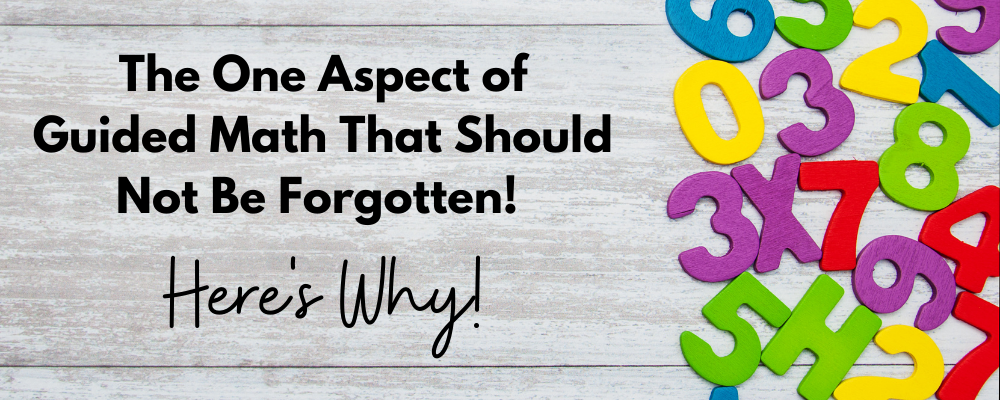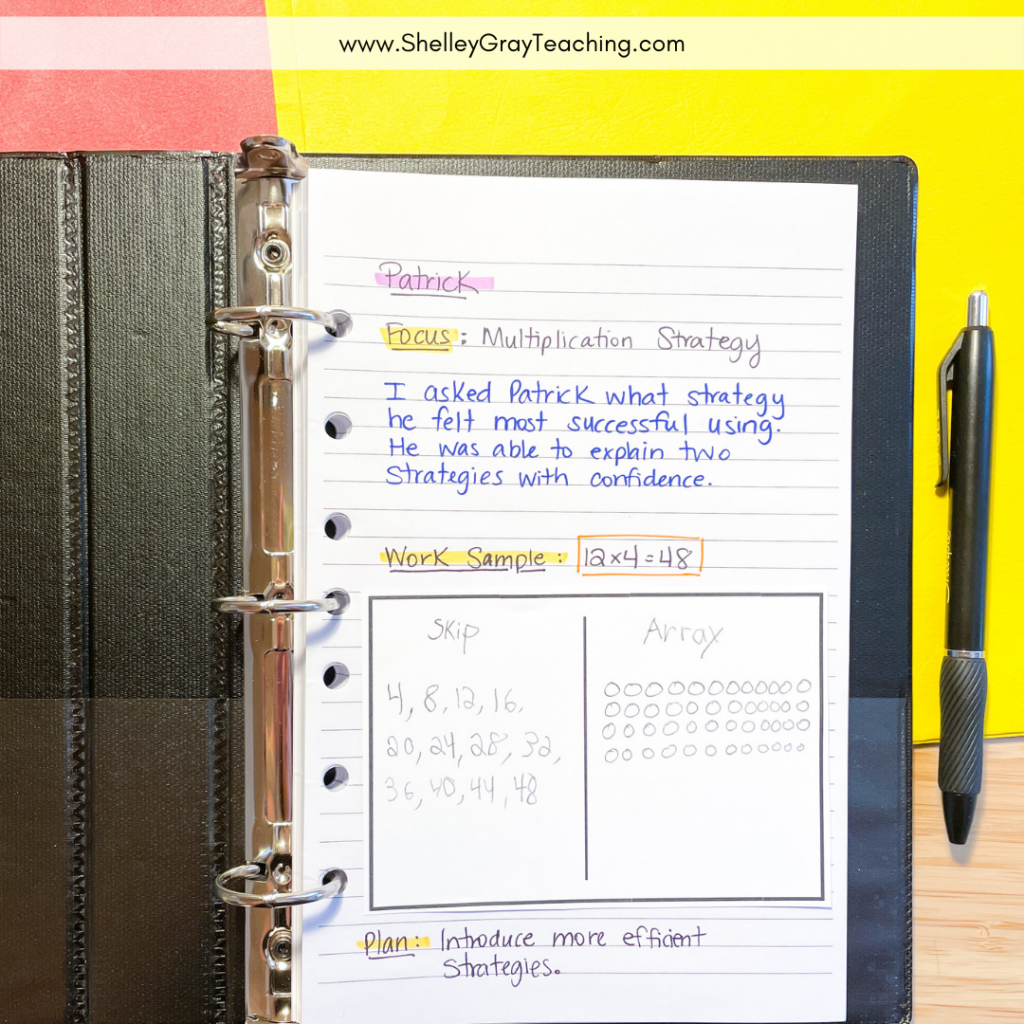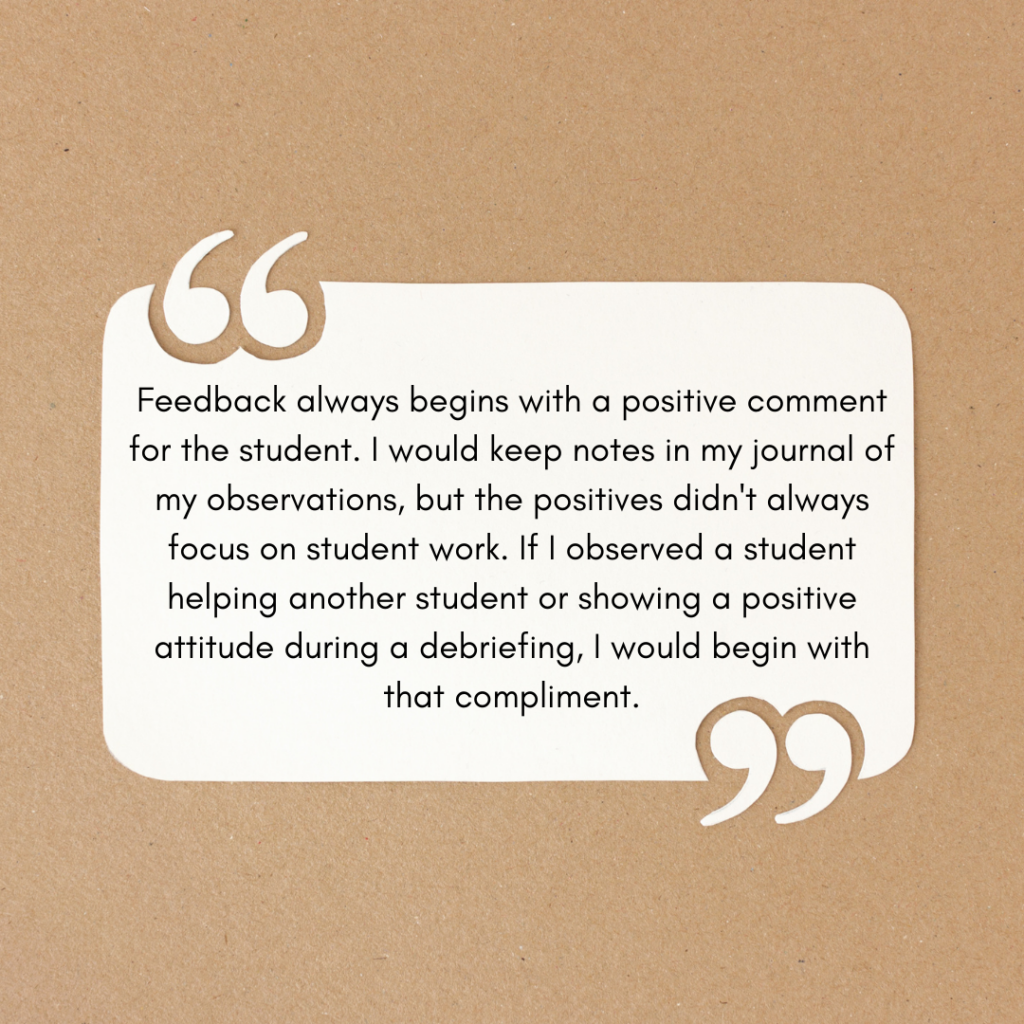
Conferences are an important way to gain insight into our students’ thought processes, strengths, and areas for improvement. Writing conferences have become commonplace in classrooms – but math conferences are just as crucial!
One component of Guided Math is the conference. Sometimes we feel that the conference isn’t as important as the lesson or assessment, but that is not true!
What are Math Conferences and When Do They Happen?
A math conference is a back and forth exchange between teacher and student. During the math conference, I can see and understand the student’s thinking, conceptual understanding, reasoning, strategies, feelings about themselves as mathematicians, and goal setting. Although you may not see all of this every time you meet, math conferences can pack a lot into a short period. For me, the conference is non-negotiable.
I hold conferences during Guided Math groups. There are 4-5 students in each group, and each day I focus on one student. Most times, a conference will only take 5 minutes. If more time with the student is needed, we schedule a session to go deeper.
Keeping Track of Observations
I keep a journal for conferencing. Each entry includes a checklist, anecdotal notes, and a picture of the student’s work. The picture is important when reviewing these notes.

During a writing conference, you would not focus on the entire writing process. The same is true of a math conference. One strategy, one concept (or part of the concept), or one question the student may have is all you want to focus on in the conference. Even though you are only looking at one piece, the information you can attain regarding that student’s math process is immeasurable.
For a successful conference, you have to do your research ahead of time. You have to know your students. Does this student learn better visually or kinesthetically? With another student or independently? How do they react if they do not understand right away? Do they give up too soon? Do they typically grasp a concept quickly and need additional challenges? Initial conferences can tell you a lot about students. As you progress through the year, your research will help guide conferences and where you need to go with lessons. Research is integral, and without it, conferences will not help move the student along the learning continuum.
Related: The One Transformative Change I Made to my Math Instruction to Boost Understanding
Timely Feedback
When I began guided math conferences, I didn’t realize that timely feedback would increase so tremendously. Before implementing guided math, I would teach, assess, share the assessment, and move on. Students would be left with a test and a score. Timely feedback has a remarkably positive impact on student attitude and learning.
Feedback always begins with a positive comment for the student. I would keep notes in my journal of my observations, but the positives didn’t always focus on student work. If I observed a student helping another student or showing a positive attitude during a debriefing, I would begin with that compliment. Feedback is best when it occurs during and after the learning. This feedback is part of the ongoing conversation with the student. If something is mentioned in one conference, it is revisited in future discussions.
“So, we talked about ways to stick with a problem when it gets difficult. How do you think that is going?”
It is also important to remember that feedback is about the performance, not the person. Students can also give their own feedback; this takes modeling and practice. Reflecting on their learning and achievements encourages them to be more autonomous and helps with goal setting.

Added Benefits of Guided Math Conferences
Guided math conferences have so many benefits and helped me plan and assess. The guided math framework helped me be a better math teacher. The student conferences helped me focus on what the students needed to move on. I was better able to plan for future conferences, recognize and build on strengths, discover multiple teaching options, and assess with more intention and focus.
One benefit that I hadn’t planned on was the additional strength these conferences brought to my relationships with the students. Each knew they were important and heard, and knew I was taking their learning to heart.
Your Turn!
Have you tried math conferences in your classroom? I would love to hear about your experience! Share in the comments below.







